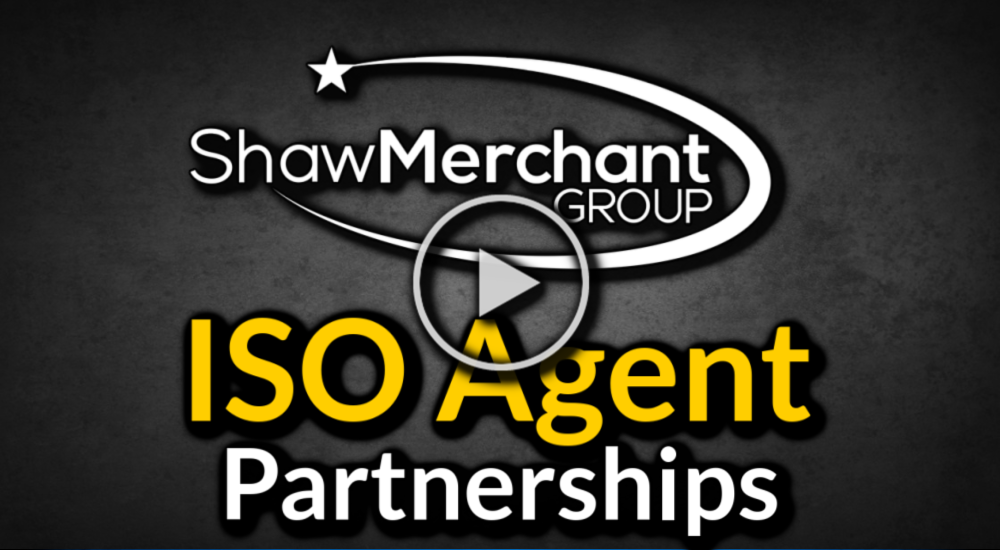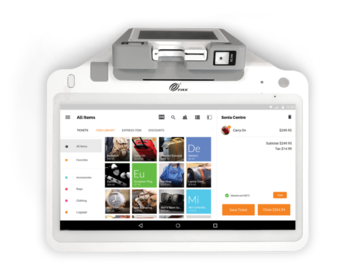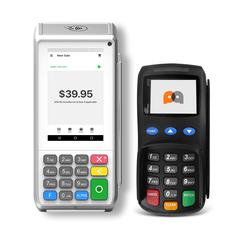Friday, March 31 2023
When you're new to selling merchant services, lots of things can get confusing, but one of the most confusing things that you will have to deal with is understanding all of the statements that affect your residuals, and especially the fee schedules that determine your costs. Many times, this can be so cryptic that your partner company may actually spend some time and effort explaining the fees to you. At the very least, they should provide you with some kind of written material that demystifies things. Even still, things might not always be totally clear. In order for you to have a better idea of your Schedule A as a new Merchant Services Sales Agent, let's break down the various sections so that you're not completely in the dark: Authorization and Capture / Settlement Per Item Fee - A key part of your Schedule A, you'll want to pay close attention to this section specifically. These fees are associated with the front-end platform. Should the processor that you work with offer more than one front-end, this section might look a bit different, as they may break everything down further and have different costs listed for different front-ends. First and foremost, you need to have your Schedule A on hand, so make sure that you ask your payment processor or merchant services provider for a copy. After that, you're going to have to figure out whether these three fees are depicted as one entire line or if they are broken down. Depending on your provider, they may be expressed differently. For example, you might find an “Authorization” line with a fee listed as $0.02, and that might seem uncommonly generous, but then there will be a “Capture” line that lists a fee of $0.07, and then a “Settlement” fee of $0.01, bringing the fees up to a total of $0.10. Other times, things will be combined already; for another example, you might see a line that reads “Authorize and Capture” with a fee of $0.06, and below that a “Settlement” fee of $0.02, making the total front-end transaction cost $0.08. Since this is kind of complicated, you usually won't bother to break things down for merchants. As you explain things to them, just tell them about the total transaction fee and don't have them worry about the details. For you personally, though, these broken down fees will mean a lot more because they can certainly affect your residuals. To illustrate how your fees can make a huge difference in your profit margin, let's say you have a portfolio of 100 merchants and, on average, they perform 500 transactions per month per merchant. Now, let's say that you charge $0.10 for your transaction fee. With 50,000 transactions, that means you are grossing $5,000 in revenue every month. How much of that will you keep? Well, if you're being charged $0.05 total per item by your processor, then your margins are 50%, and you take home $2,500. However, if your fees per item are $0.08, then you're only making $1,000 per month in profit. That's quite a difference. As you can see, your profit margins will depend largely on your fees, so you need to stay on top of them. Settlement Fees and Batch Fees - If you think that your Schedule A gets less confusing after all that authorization and capture stuff, then you're in for an unpleasant surprise. You might find that in addition to a settlement fee per item, there is also a fee per “batch.” The point of this fee may not be immediately obvious, but it's basically like this: For instance, maybe one of your merchants performs 100 transactions via credit card one day. You would be charged a settlement fee that applies “per item” for each of these individual transactions. When your merchant is closing up for the day, however, and they settle by sending the batch of daily transactions to the processor, then there will also be a “batch fee.” More than likely, your processor will have this fee on the Schedule A. Almost all of them do, so be sure to look at this section for how much you are being charged and pass the cost onto your merchant accordingly. As another example, your processor might charge $0.07 per batch (your cost), and you might decide to charge your merchant $0.25 per batch (your revenue). In this case, you're making $0.18 in profit whenever that terminal is settled at the end of the day. Bank Identification Number (BIN) Sponsorship - You might find this section expressed a few different ways. All this really means is that your processor is keeping a tiny percentage of the profits (measured usually in a few basis points) before they give you your share. In case you were wondering what a basis point is, it's just 1% of 1%, or 1/100th of 1/100th (1%) if you want to break it down. So for instance, let's say your merchant processes $20,000. If the BIN sponsorship fee is 5 basis points, then your processor is keeping $10.00 before giving you your share of the profit. Now, there are definitely more items on your Schedule A than just these, but they're the key lines that you should keep a close eye on, and they're the basic items that you will find with most processors. For information about other sections that may appear on your Schedule A, you should ask your processor for an explanation. In essence, these three line items are important because they are what is going to determine how much you charge your merchant. As with any business, you're going to have to deal with costs compared to your revenue, which is what determines profit—and the fees are basically your cost. You're going to use your Schedule A as a detailed list of your costs, and from there you can come up with a fair and profitable fee schedule for your merchants. That difference between revenue (the fees your merchant pays) and cost (the fees your processor charges) every month is what will give you your merchant residuals. |
Becoming a merchant service provider can be a lucrative and rewarding career choice. As a merchant service provider, you will be responsible for helping businesses accept debit and credit card payments, as well as providing other financial services. To become a successful merchant service provider, there are several key steps you need to follow. In this comprehensive guide, we will outline the process of becoming a merchant service provider, including the necessary qualifications, skills, and steps to take to launch your business. |





















